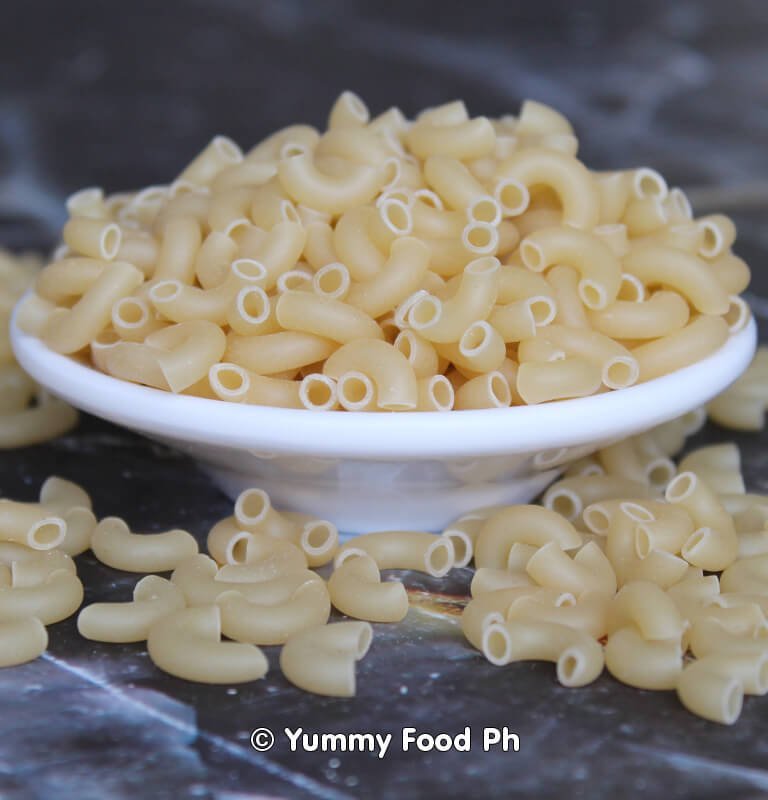Macaroni: The Beloved Elbow-Shaped Pasta Staple
Introduction
Macaroni, the iconic elbow-shaped pasta, stands as one of the world’s most recognizable and versatile pasta shapes. Originating from Italy where it’s called maccheroni, this curved tubular pasta has transcended its Mediterranean roots to become a global kitchen essential. Made traditionally from durum wheat semolina, its unique shape and hollow center make it perfect for capturing sauces, melting cheese, and creating satisfying textures in countless dishes.
Characteristics & Varieties
- Shape: Semi-circular curves (90° angle elbows)
- Dimensions: Typically 1-2cm in length
- Texture: Firm al dente bite when properly cooked
- Common Variants:
- Elbow macarόni (standard curved)
- Ditalini (smaller “thimble” size)
- Pipe rigate (ridged surface)
Culinary Applications
Classic Preparations:
- Macaroni and Cheese:
- America’s comfort food classic
- Baked versions with breadcrumb topping
- Stovetop creamy variations
- Pasta Salads:
- Picnic-style with mayonnaise dressing
- Italian-inspired with vinaigrette
- Protein-packed with tuna or chicken
- Soups:
- Minestrone staple
- Chicken noodle alternative
- Creamy tomato macarόni soup
Global Adaptations:
- Filipino macaroni sopas (milky soup)
- Greek kritharaki (orzo-like version)
- Middle Eastern macarona bechamel (baked dish)
Nutritional Profile
- Energy Source: Complex carbohydrates
- Protein Content: 7g per 2oz serving
- Fortified Options: Iron and B-vitamins
- Gluten-Free Alternatives: Rice or corn-based
Cooking Techniques
- Perfect Boil: 7-9 minutes in salted water
- Sauce Adherence: Reserve pasta water for creaminess
- Baking Tips: Undercook by 2 minutes for casseroles
Historical Significance
- 14th century Italian origins
- Thomas Jefferson’s popularization in America
- Industrial revolution mass production
Fun Facts
- The elbow shape patented in 1934
- “Macaroni” in 18th century England meant stylish
- World’s largest macaroni noodle: 9.8 meters long
Storage & Selection
- Dry Storage: 2+ years in airtight containers
- Fresh Variants: Refrigerate, use within week
- Quality Check: Uniform golden color, no cracks
Modern Innovations
- Protein-enriched versions
- Vegetable-infused colorful options
- Instant microwaveable cups
How to cook macaroni?
In a large pot with water, add salt and cooking oil. Bring it to a boil. “Follow the packaging cooking label instruction” for precise measurement. When it is boiling, add the macarόni pasta and let it cook uncovered, stirring periodically and gently, until the macarόni is cooked. Cooking time will vary depending on the size and thickness of the macarόni. Drain the cooked macarόni immediately in a strainer or colander. Place it in a bowl of cold water to cool. Drain it again and set it aside. If the macarόni will not be used right away, mix it with 1 tablespoon of oil.
Conclusion
From humble beginnings to global phenomenon, macaroni’s simple curved shape belies its extraordinary culinary impact. Whether starring in creamy comfort food or supporting vibrant pasta salads, this versatile pasta shape continues to satisfy across cultures and generations. Its perfect sauce-holding design and quick-cooking nature ensure macarόni will remain a pantry essential, adapting to new food trends while maintaining its comforting, familiar appeal in kitchens worldwide.
Visit us on YouTube: Yummy Food PH

